Plant Suggestions for Very Harsh, Hot Bed
zqueen
10 years ago
Related Stories

FEEL-GOOD HOME12 Very Useful Things I've Learned From Designers
These simple ideas can make life at home more efficient and enjoyable
Full Story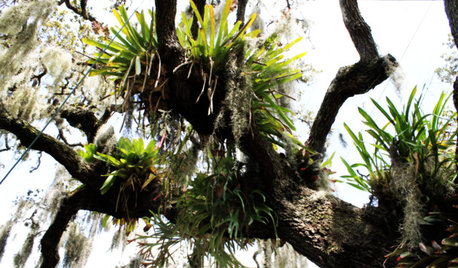
GARDENING GUIDESGot a Hot, Humid Landscape? Add Tropical Flair With Air Plants
Turn tree trunks and walls into lush canvases with plants adapted to the canopies of the rainforest
Full Story
PLANTING IDEASGreat Garden Combo: 5 High-Intensity Plants for High-Intensity Sun
Blend bold foliage and flowers to create a powerful combination that will hold its own even in the harsh light of midsummer
Full Story
FARM YOUR YARDHow to Build a Raised Bed for Your Veggies and Plants
Whether you’re farming your parking strip or beautifying your backyard, a planting box you make yourself can come in mighty handy
Full Story
ORANGEOrange: Still Hot, Hot, Hot
Get fired up to bring in more orange with energizing paint, furnishings, rugs and accessories
Full Story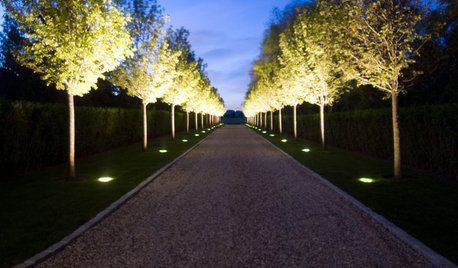
LANDSCAPE DESIGN6 Suggestions for Harmonious Hardscaping
Help a sidewalk, driveway or path flow with your garden design, for a cohesive and pleasing look
Full Story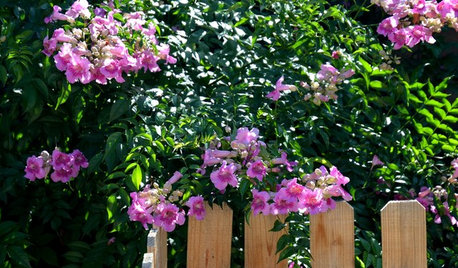
PINK FLOWERSGreat Design Plant: Pink Trumpet Vine Heralds Vibrant Color
Announce your landscape beautification efforts with this flowering vine that perks up hot, dry gardens
Full Story
GARDENING GUIDESYes, You Can Grow an Edible Garden on a Hot, Dry Site
Difficult garden spots don’t need to deter you from planting trees, herbs and other delicious food plants
Full Story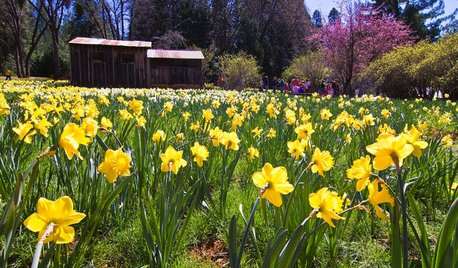
GARDENING GUIDES7 Bulbs That Flourish in Mild Climates
Fall planting: For gardens that don't see harsh winters, different guidelines for choosing and planting spring-blooming bulbs apply
Full Story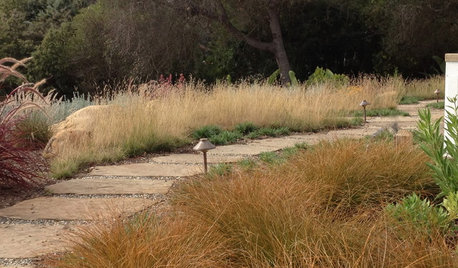
GARDENING GUIDESGreat Design Plant: Bouteloua Curtipendula
Hot, dry clay or rocky soils are sideoats grama’s pleasure ground
Full StorySponsored
More Discussions






Lisa_H OK
OklaMoni
Related Professionals
Canton Landscape Architects & Landscape Designers · Ballwin Landscape Architects & Landscape Designers · Southfield Landscape Architects & Landscape Designers · Westwood Landscape Contractors · Maple Valley Landscape Contractors · Choctaw Landscape Contractors · Haverhill Landscape Contractors · Kearny Landscape Contractors · Lake Worth Landscape Contractors · Leicester Landscape Contractors · Maywood Landscape Contractors · North Lauderdale Landscape Contractors · Shoreview Landscape Contractors · Del Aire Decks, Patios & Outdoor Enclosures · Natick Decks, Patios & Outdoor Enclosuresmulberryknob
Lisa_H OK
faerybutterflye
Okiedawn OK Zone 7
zqueenOriginal Author
Lisa_H OK
susanlynne48
Lisa_H OK
zqueenOriginal Author
zqueenOriginal Author
Lisa_H OK
Lisa_H OK
Lisa_H OK
Lisa_H OK
Lisa_H OK
Lisa_H OK
shankins123
faerybutterflye
Lisa_H OK
faerybutterflye
susanlynne48
zqueenOriginal Author
Lisa_H OK